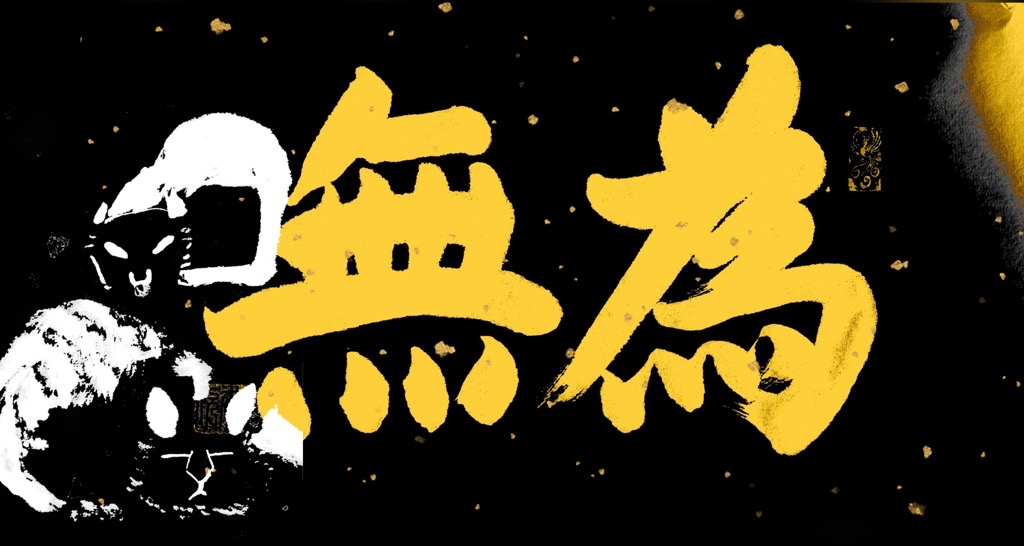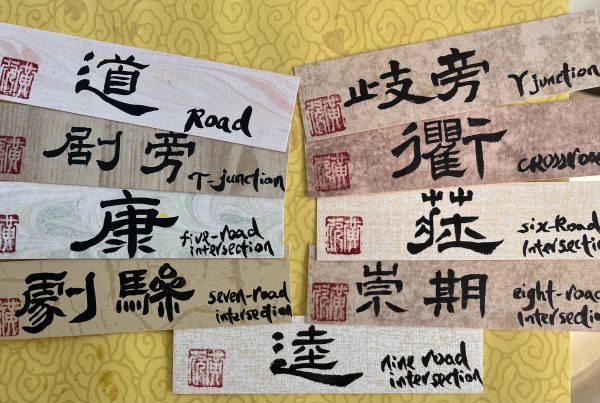
Schrödinger’s cat is a thought experiment proposed by Austrian physicist Erwin Schrödinger in 1935. It illustrates the paradox of quantum superposition, where a system such as an atom or photon can exist in multiple states simultaneously. In the experiment, a cat is placed in a box with a radioactive sample, a Geiger counter, and poison that will be released if the Geiger counter detects radiation. According to quantum mechanics, the cat is both alive and dead, existing in a superposition of states until observed. Is it possible for us to select the door to open and observe? Would the outcome for the cat differ if we were to opt for a different door?
This thought experiment challenges our understanding of reality and the role of observation in shaping it. It brings up questions about free will. whether or not we have the free will to decide door A or door B? Many of us spend our entire lives in search of free will, determined to make our own decisions about which path to take. However, perhaps one day, we will stumble upon the river of life and embrace the essence of flowing with it.
What does “flowing with it” mean? It means that I surrender myself effortlessly and let the current of fate guide me, whether towards door A or door B. At first glance, it may seem like I have lost my free will, but that is not true. Surprisingly, by allowing the river to carry me to either destination, I am actually taking control of my own destiny. This concept may be challenging to grasp. Let me provide another perspective to explain: when I cease to interfere with fate, fate and I merge as one. I become fate, and fate becomes me. There is no longer an observer, only the observed itself; no additional particles in play, just fate itself. Therefore, I am my own fate. When I still desire to manipulate fate and choose between door A or door B, there remains a struggle between subject and object. I am pitted against fate, attempting to control it. However, when I release the resistance to go against fate, relinquishing control, and instead following the flow, allowing fate to guide me towards either door A or door B, that is when I truly become one with fate.
“Flowing with it” reflects the concept of Wuwei 無爲 from Taoism teaching. Wuwei, is often translated as ‘non-action’ or ‘effortless action’. Comparing Wuwei to Schrödinger’s cat’s thought experiment. It suggests a state of natural action where one is in harmony with the Tao, the flow of the Universe, not forcing one’s own will but rather letting things unfold naturally. Analogous to Schrödinger’s cat in the box, the state of Wuwei is inherently uncertain and can be multiple things at once, until it interacts with its surroundings. Both Schrödinger’s cat and Wuwei teach us to embrace the uncertainty and multiple possibilities inherent in the nature of existence.
Watch the instructional video to learn how to write 無爲 using brush and ink. Take a moment to reflect on its profound meaning as you practice:

